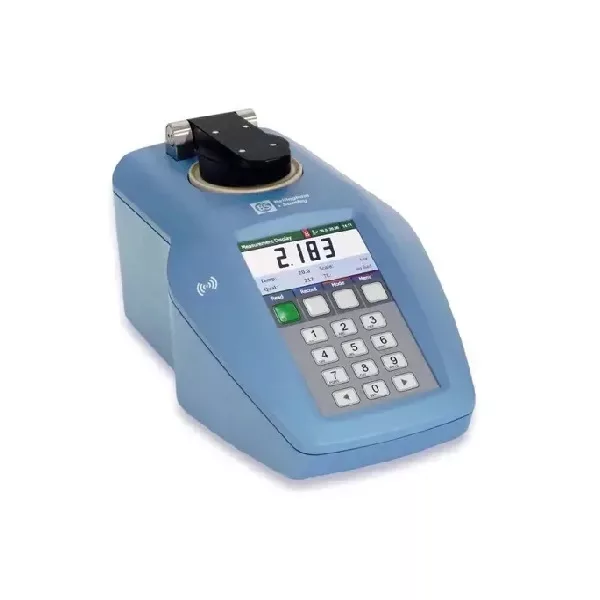Refractometer – Accurate and Reliable Measurement of Refractive Index
Refractometer Bellingham + Stanley RFM340-M is a precision optical instrument used to measure the refractive index of liquids, solids, or semi-solids. It plays a vital role in laboratories, industrial settings, food production, pharmaceuticals, and chemical analysis. This tool helps determine concentrations, purity, and fluid composition by analyzing how light bends when it passes through a substance.
What Is a Refractometer?
A refractometer measures how light changes direction—or refracts—as it enters a sample. This refractive index directly relates to the concentration of solutes in a solution. For instance, in sugar solutions, the refractive index helps calculate Brix values, which are essential in the food and beverage industry.
Refractometers are available in digital, analog, and handheld designs. Each type is suited for different environments and sample types. Many models now feature temperature compensation, automatic calibration, and data storage for improved usability.
Key Features of a Refractometer
-
High Accuracy: Delivers precise measurements in a matter of seconds.
-
Compact Design: Lightweight and portable, ideal for both fieldwork and lab use.
-
Digital Interface: Easy-to-read LCD screen with intuitive controls.
-
Automatic Temperature Compensation (ATC): Ensures accurate readings regardless of temperature fluctuations.
-
Multiple Scales: Measures Brix, refractive index, salinity, and more depending on the model.
-
Durable Build: Resistant to spills and corrosion, built for long-term use.
Applications of a Refractometer
Refractometers serve in a variety of industries:
-
Food and Beverage: Measures sugar content in juices, syrups, and wines.
-
Pharmaceutical: Checks the concentration of active ingredients in solutions.
-
Chemical Manufacturing: Monitors fluid properties and ensures process consistency.
-
Aquaculture: Tracks salinity levels in water tanks.
-
Petrochemical: Analyzes oils, lubricants, and fuel blends.
Because they offer real-time, non-destructive testing, refractometers are a preferred tool for quality control and product consistency.
Why Choose a Refractometer for Your Lab?
Choosing a refractometer means improving accuracy, efficiency, and workflow reliability. It reduces the guesswork and manual calculations often required with traditional testing methods. Thanks to their fast response time, they are especially useful in environments where time and precision are crucial.
Additionally, modern refractometers often integrate with data management systems, enabling better tracking, storage, and analysis of results.





Reviews
There are no reviews yet.